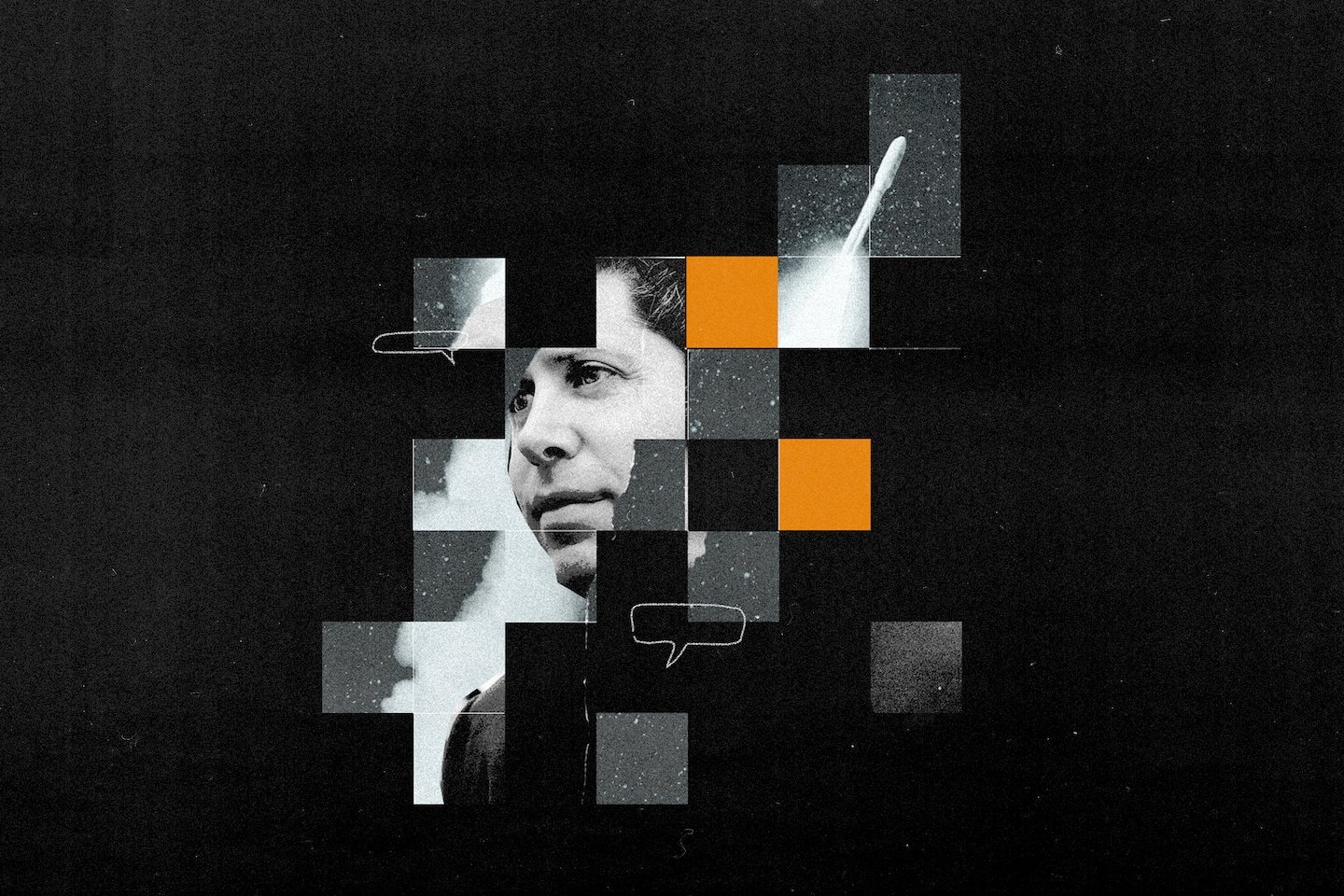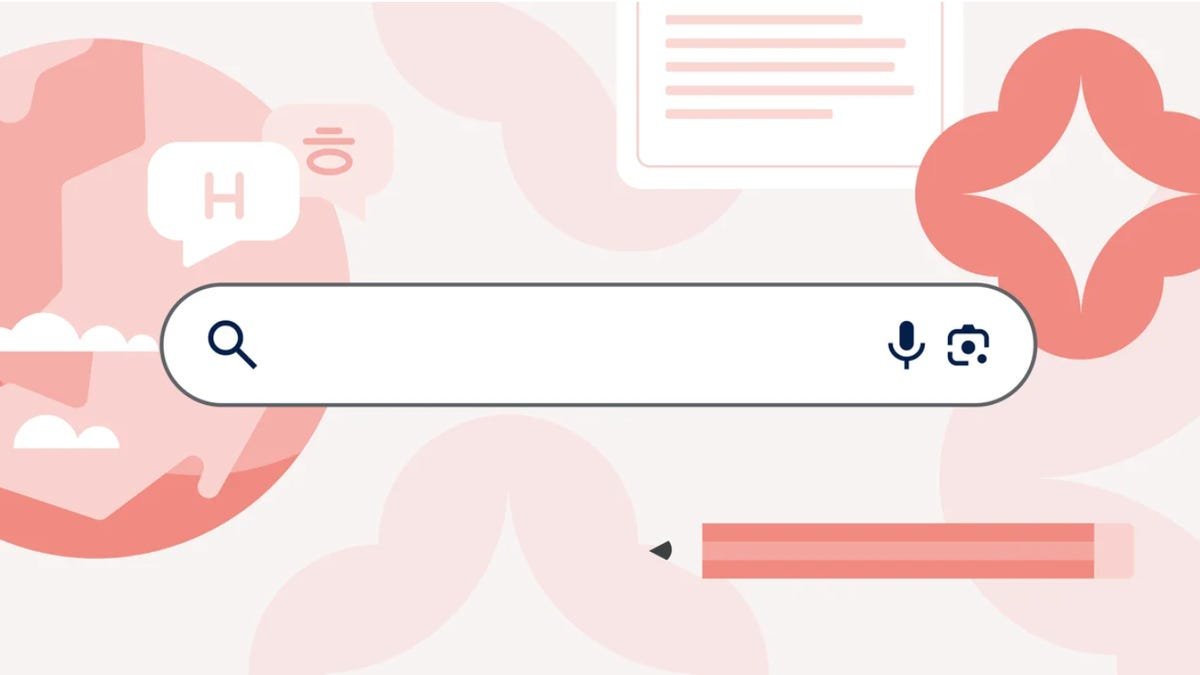Google’s Latest AI Innovations: Veo 2, Imagen 3, and Whisk Revolutionize Creative Media
In a significant leap forward in the world of artificial intelligence, Google has unveiled its latest advancements, aiming to transform the creative landscape with powerful new tools: the Veo 2 video generator, the Imagen 3 image creator, and an experimental model named Whisk. These innovations are not only designed to enhance creative expression but also position Google as a formidable competitor against established platforms such as OpenAI’s Sora. Let’s dive into the details of these game-changing tools.
Veo 2: Setting a New Standard in Video Generation
Veo 2 is not just another AI model—it is the successor to Google’s original Veo AI, boasting an array of enhancements that elevate video generation to new heights. Google claims that Veo 2 can produce hyper-realistic videos with remarkable motion quality and offer resolutions that soar up to 4K. This capability means that video creators can expect a level of realism and detail previously deemed unattainable with AI-driven technologies.
Impressive Samples Showcase Realistic Visuals
During the announcement, Google revealed a selection of 8-second video samples generated with Veo 2. These samples offered a glimpse into the model’s capabilities, showcasing stunning visuals involving animals, culinary delights, and even animated human interactions. Feedback from human testers has indicated that Veo 2 significantly surpasses the existing competition in both quality and performance metrics.
Competitive Landscape: Who Will Feel the Heat?
While Google stopped short of explicitly naming its rivals, the implications are clear—Veo 2 aims to challenge prominent players like OpenAI’s Sora, Meta’s Movie Gen, and platforms such as Kling V1.5 and Sora Turbo. Benchmark statistics gathered during tests indicate a growing preference for Veo 2 among users, suggesting its potential to reshape the market.
Addressing Challenges: The Need for Consistency
Despite the impressive advancements, Google acknowledged that Veo 2 is not without its limitations. In complex scenarios, particularly those involving rapid motion, the technology may demonstrate inconsistencies. While inaccuracies persist, the overall output quality remains superior, establishing Veo 2 as a noteworthy contender in the arena of video generation.
Imagen 3: Elevating Image Creation to New Heights
Following the launch of Veo 2, Google has introduced Imagen 3, which steps up as the latest iteration in the image generation domain. Imagen 3 is engineered to craft images that resonate with users through vivid colors, intricate textures, and enhanced artistic styles.
Diverse Artistic Outputs at Users’ Fingertips
With Imagen 3, users can explore a spectrum of styles—ranging from photorealism to abstract art—and experience limitless creative outputs. This versatility allows artists, marketers, and casual creators alike to tap into a wealth of visual possibilities, producing stunning artwork that captures the imagination.
A Leap Towards Lifelike Representation
Imagen 3’s capability to create lifelike images and intricate artistic details sets it apart from its predecessors. The model’s automatic enhancements ensure that every image generated carries an exceptional level of quality, making it a valuable tool for professional and amateur creators.
Whisk: The Future of Image-Prompted Creativity
In another innovative twist, Google has unveiled Whisk, an experimental AI tool developed within Google Labs. Unlike traditional models that primarily depend on text prompts, Whisk introduces a groundbreaking approach that allows users to upload multiple images to create new visuals.
Customizable Creativity with Image Inputs
Whisk’s interface features three customizable fields—Subject, Scene, and Style—that empower users to upload relevant images for each category. This feature enables the generation of unique images by blending various aspects, offering an exciting tool for creative minds.
Example: DIY Image Mixing
For instance, by placing a personal photo in the "Subject" box, a landscape picture in the "Scene," and a reference for an artistic style in the respective fields, users can prompt Whisk to generate a tailored image that meets their specific vision—essentially a DIY approach to image creation.
Enhanced Functionality with Integrated Features
Google has also integrated its acclaimed Gemini model with Whisk. This synergy allows for the automatic generation of detailed captions for uploaded images, which can then be funneled into Imagen 3 for cohesive and efficient creativity. As a result, users can enjoy a seamless experience, promoting a hassle-free remixing of subjects, styles, and scenes.
A Global Rollout on the Horizon
Currently, the cutting-edge capabilities of Veo 2, Imagen 3, and Whisk are available for users based in the United States. However, Google is planning to broaden their reach shortly, with expansion set to include markets such as India. This move aligns with Google’s ambition to democratize access to advanced AI tools, allowing creatives worldwide to leverage these innovations.
Impact on the Creative Landscape
With the rollout of these tools, Google is making noteworthy strides in the realm of AI-driven creativity. By providing robust solutions that rival those of OpenAI and other industry leaders, Google is not just enhancing user capabilities but also inspiring a new wave of creativity among content creators.
Future Prospects in AI Artistry
The launch of Veo 2, Imagen 3, and Whisk signifies a critical turning point in how we approach creativity through artificial intelligence. The tools present opportunities for artists to redefine their craft and discover new avenues for expression.
Comparative Advantages in AI Video and Image Generation
With Google making its intentions known through these powerful tools, the competitive landscape in the AI video and image generation market is heating up. By blending innovation with practicality, Veo 2 and Imagen 3 offer substantial advantages over current offerings from competitors.
User Experience and Engagement Trends
Increased acess to AI-generated video and image tools promises to reshape user engagement dynamics across various platforms, from social media to advertising campaigns. As creators harness these resources, diverse and captivating content will likely flourish.
Long-term Implications for the Tech Industry
The implications of such innovations extend beyond creativity; they raise questions about the future of content creation, distribution, and even copyright in an era of sophisticated AI technologies. As Google forges ahead, stakeholders across industries will be closely monitoring the unfolding landscape.
Staying Ahead: The Need for Continuous Innovation
To maintain its edge, Google must continue to innovate and refine its tools. As competition intensifies in the realm of AI-generated media, staying ahead of the curve will be essential for sustaining user interest and engagement.
Conclusion: A New Era of Creative Possibilities
In closing, Google’s Veo 2, Imagen 3, and Whisk have the potential to revolutionize how creators interact with technology. As they make strides toward democratizing AI-powered creativity, these innovations promise to inspire and empower artists, filmmakers, and everyday users alike. With their impressive capabilities and unique features, Google is poised to redefine creativity in the digital age. As these tools roll out globally, the creative landscape will undoubtedly evolve, offering exciting new dimensions to artistic expression.







